
Find out how your compensation, bonuses, and benefits compare to your peers. Data exclusive to CancerNetwork.

Your AI-Trained Oncology Knowledge Connection!


Find out how your compensation, bonuses, and benefits compare to your peers. Data exclusive to CancerNetwork.

Conference Calendar for Fall 2011 - Spring 2012

Counseling women at high risk for ovarian and uterine cancer is a complex process, from genetic diagnosisto the management of at-risk women. Rimes andcolleagues have presented these challenging issues, andsuggested ways to manage them, very well.
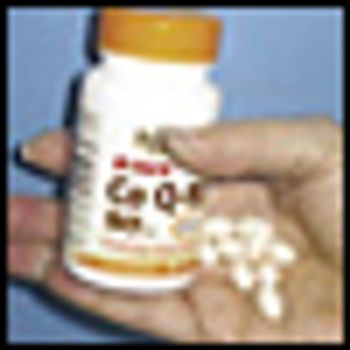
Coenzyme Q10, or CoQ10, is a naturally occurring, lipid-soluble antioxidant and an essential electron carrier involved in the mitochondrial respiratory chain. In mitochondria, CoQ10 functions as a coenzyme that assists in the oxidative phosphorylation of nutrients, leading to production of cellular adenosine triphosphate (ATP), or energy.

During the 1970s and 80s, several researchers in Canada and in the United States, including those at the National Cancer Institute, studied Essiac. All failed to find any evidence of effectiveness.

Women with high-grade serous ovarian cancer who also harbor a BRCA2, but not a BRCA1 mutation tend to have a better chemotherapy response and overall survival compared with those patients who are BRCA wild type.

Based on a review of prostate cancer treatment and screening trials, the U.S. Preventive Services Task Force (USPSTF) has stated that prostate-specific antigen (PSA)–based screening may not be necessary, saying that the potential benefits of the screening do not outweigh the potential harm of complications from evaluations and treatments.

I believe cancer doctors have a duty to be accessible to patients as much as possible. Taking treatment for cancer is to say the least an intense experience, sometimes an ordeal, and oncologists must be diligent in keeping everyone up to date on test results, logistics, complications, on good news as well as bad.

A recent epidemiology study by the NCI has found an almost four-fold increase of cancer survivors since 1971: 11.9 million in 2008 compared with 3 million in 1971, and the authors of the study expect a 42% increase in the number of older adult survivors in the next 10 years.

In an online-first article in Nature Chemical Biology (DOI: 10.1038/nchembio.695), Sebastian Nijman of the CeMM–Research Center for Molecular Medicine of the Austrian Academy of Sciences in Vienna and his colleagues describe the development of a chemical genetic approach that has identified mechanisms that can lead to resistance to PI3K inhibitors used as cancer treatments.

This review describes the clinical features that should suggest a search for systemic malignancy as the cause of unexpected microangiopathic hemolytic anemia and thrombocytopenia.


Hematology Letters is a new blog for Cancer Network written by Mojtaba Akhtari, MD of the University of Nebraska Medical Center, Omaha, Nebraska.

Collaborating scientists at the Department of Biological Engineering at MIT and the Center for Systems Biology at Harvard University have created an engineered biological system that senses and integrates multiple inputs and can precisely regulate the biology of a living cell. This type of approach could be useful to engineer anti-cancer therapies that are able to distinguish a cancer from a non-cancer cell, inducing apoptosis in the cancerous cells.

The American Society of Clinical Oncology (ASCO) Quality Oncology Practice Initiative (QOPI®) is a voluntary program designed to assess and improve processes of care in oncology practices.

The diagnosis and therapy of thrombotic thrombocytopenic purpura (TTP) have advanced dramatically in the past 25 years, with increasing diagnostic awareness spurred on by the discovery of plasma exchange as an effective therapy.

Ginkgo biloba, one of the oldest living tree species, is cultivated worldwide for its medicinal properties and aesthetic appeal. The leaves and seeds are used in traditional medicine to treat respiratory diseases, circulatory disorders, sexual dysfunction, and loss of hearing.

The article by Dr. George is of great use to the practicing clinician, not only in the hematology-oncology setting but also in general practice or emergency medicine.

Researchers have identified that “maintenance of global heterochromatin integrity” is a novel function of BRCA1 gene, and propose that this DNA-silencing function is linked to the role of BRCA1 as a tumor suppressor, in an article published in Nature.

CancerNetwork presents exclusive coverage from the American Society of Clinical Oncology's (ASCO) 2011 Breast Cancer Symposium. Follow the stories below and check back for more write-ups of the most important information to come out of this year's event.
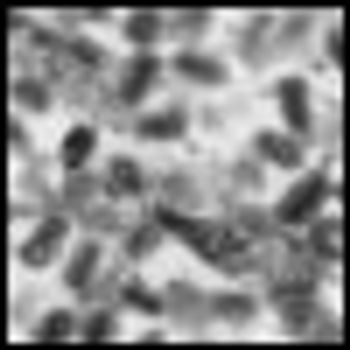
Scientists at Jennerex, Inc. in San Francisco, and collaborators from University of Pennsylvania and the University of Ottawa in Canada have just engineered a poxvirus, JX-594, to selectively replicate in tumor cells that have an activated EGFR/ Ras pathway, but not in normal tissue.
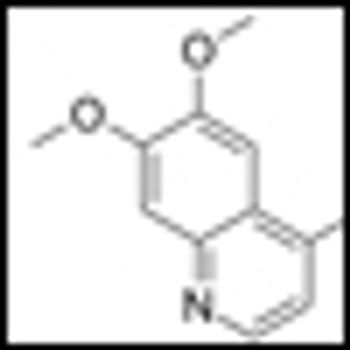
Cabozantinib (cabo), formerly known as XL184, has recently shown unprecedented activity against bone metastases in prostate cancer patients in a phase II trial.
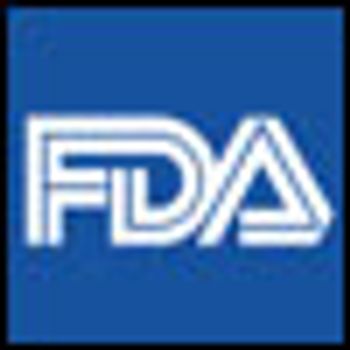
Janet Woodcock, the Director of the Center for Drug Evaluation and Research (CDER) at the FDA and her colleagues recently discussed the development of the U.S. BioSimilars Program in a perspective in the NEJM



The review of surgical management of neuroendocrine tumors (NETs) of the gastrointestinal tract, authored by Huang, Poultsides, and Norton, is both comprehensive and accessible for readers of all backgrounds.

Tumors of neuroendocrine origin arising from the pancreas, luminal gastrointestinal tract, and other tissues differ greatly in their malignant potential.

On many occasions, I have been asked by colleagues or patients, “How do you do what you do?” when the topic of taking care of patients with a terminal illness comes up. So, is it possible to write about the topic of humor in oncology without seeming cynical and uncaring? Obviously I think it is.
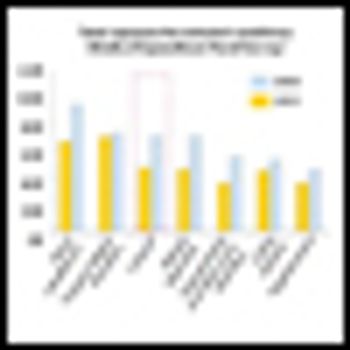
Cancer service leaders must create the vision, embrace the change agenda, and drive the roadmap in order to make the strategic and clinical changeover to value.
